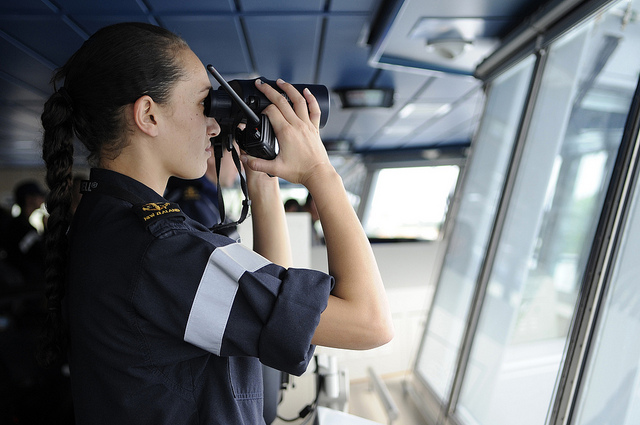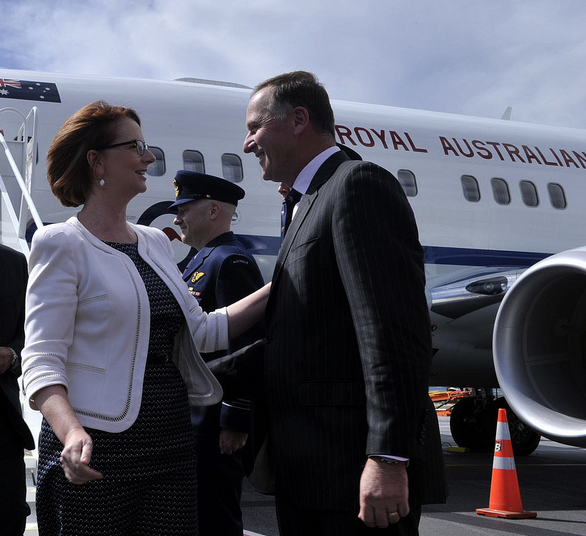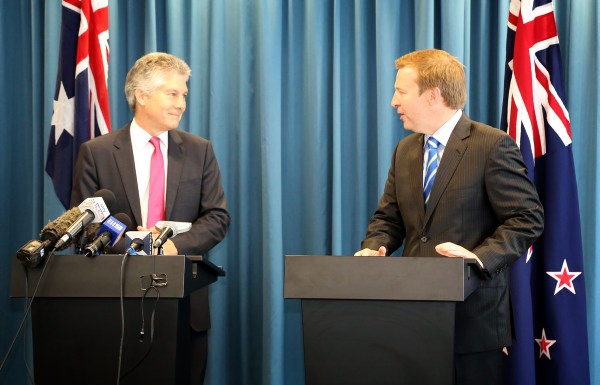A view from across the ditch
I’m in New Zealand at the moment, attending a public symposium on future security issues. It’s an interesting model for this sort of discussion. We have a room full—and I mean full as the forum has been heavily oversubscribed—of military, government officials, academics, students, journalists (who let them in?) and interested laypeople from a wide range of backgrounds. It’s a mix I haven’t seen in Australia, and I think it reflects the benefit of having a small community of national security practitioners.
Some of the discussion topics are very familiar, including the pros and cons of manoeuvring for a UN Security Council position. (I wonder if there is such a thing as Kiwi candy to help out?) But the discussion had a different tone to the one we went through in Australia. The pro position in Australia was about us realising our influence as a middle power. Here in Wellington, it’s more about New Zealand being a good global citizen and doing its bit to make the world a better place. And there’s a lot more discussion about the responsibilities or expectations that would come with a UN seat. For example, whether New Zealand will be pressed to take part in UN peacekeeping and stabilisation operations in far flung places, especially as its commitments in Afghanistan, Timor-Leste and Solomon Islands wind down. Read more







